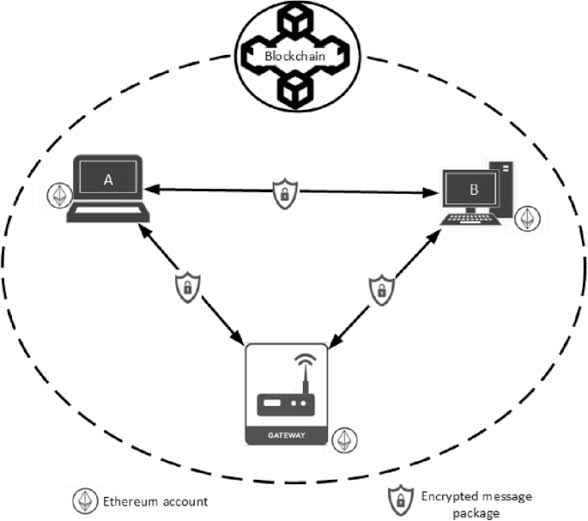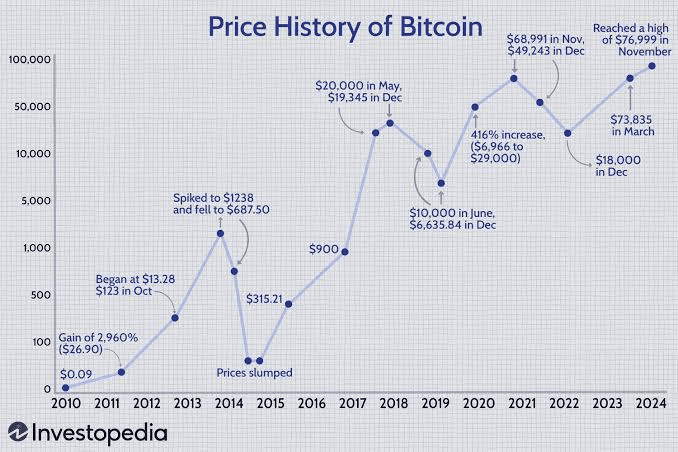🕰️ The History of Bitcoin: From a Whitepaper to Global Currency
Bitcoin (BTC), the world’s first cryptocurrency, began with a simple idea: create a decentralized digital currency that operates without banks or governments.


📜 2008: The Beginning
In October 2008, an anonymous figure named Satoshi Nakamoto published the now-famous whitepaper titled “Bitcoin: A Peer-to-Peer Electronic Cash System.” It introduced a new financial concept using blockchain technology to ensure trust, security, and transparency.

💻 2009: Bitcoin Goes Live
On January 3, 2009, the Genesis Block was mined, officially launching the Bitcoin network. The first-ever BTC transaction happened soon after, between Satoshi and early adopter Hal Finney.

🌟 2010: The First Real-World Transaction
On May 22, 2010, Laszlo Hanyecz paid 10,000 BTC for two pizzas, marking the first known purchase using Bitcoin. Today, it's celebrated annually as Bitcoin Pizza Day.

📈 2011–2013: Early Growth
Bitcoin gained traction on forums and darknet markets. It reached parity with the US dollar in 2011, and by 2013, BTC crossed $1,000, drawing attention from media and regulators.

🔒 2014–2016: Challenges & Innovation
Following the collapse of Mt. Gox (a major BTC exchange), the community focused on security and scalability. This period also saw the birth of other cryptocurrencies like Ethereum.

🚀 2017: The First Major Bull Run
Bitcoin surged to nearly $20,000 in late 2017. Crypto became a mainstream buzzword, and institutional curiosity began.

🌐 2020–2024: Institutional Adoption
From Tesla and MicroStrategy adding BTC to balance sheets to Bitcoin ETFs and El Salvador making BTC legal tender, adoption exploded.

💰 Today: BTC at the Forefront
In 2025, Bitcoin is trading above $120,000, with growing adoption in finance, government, and technology. It's no longer just a digital asset—it's a global movement for financial freedom.


📌 From an idea in a whitepaper to a $2 trillion asset, Bitcoin’s journey is a testament to the power of decentralized innovation..




